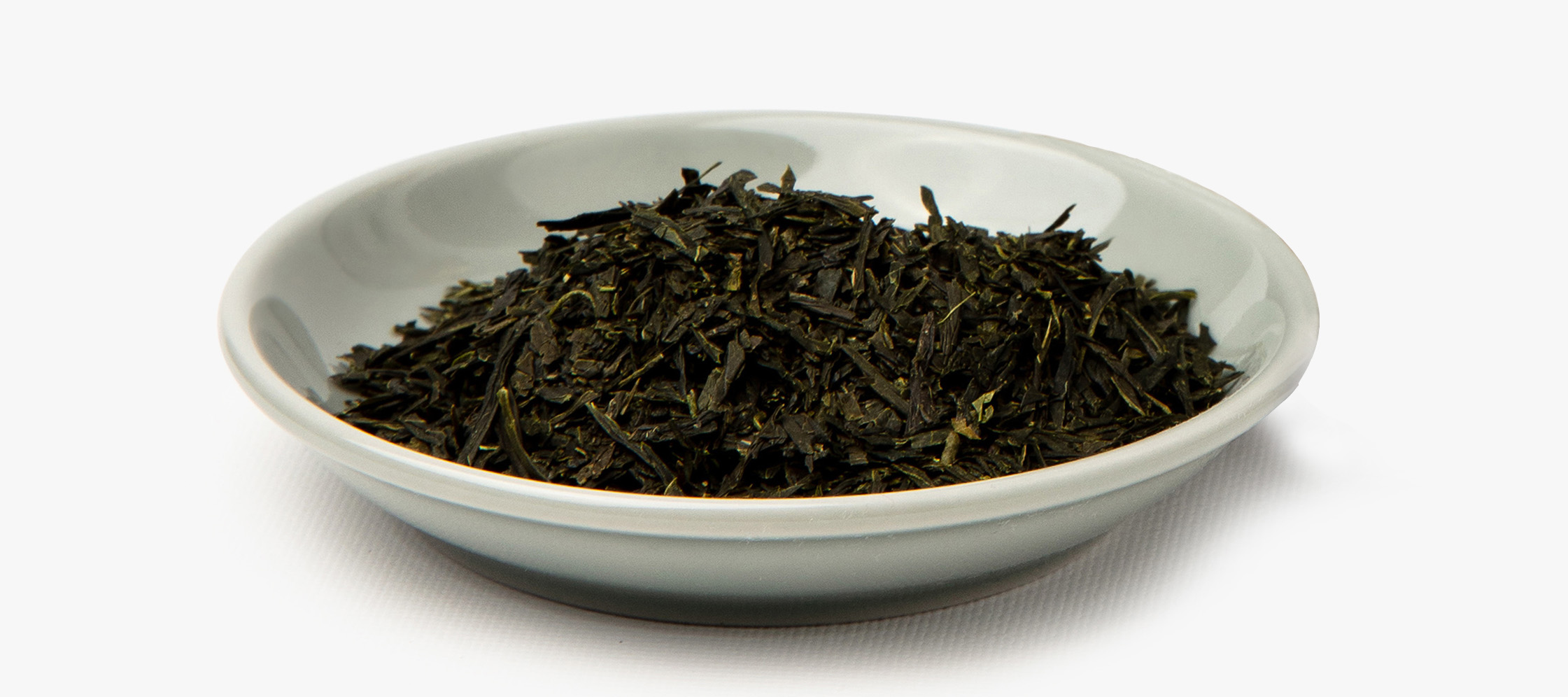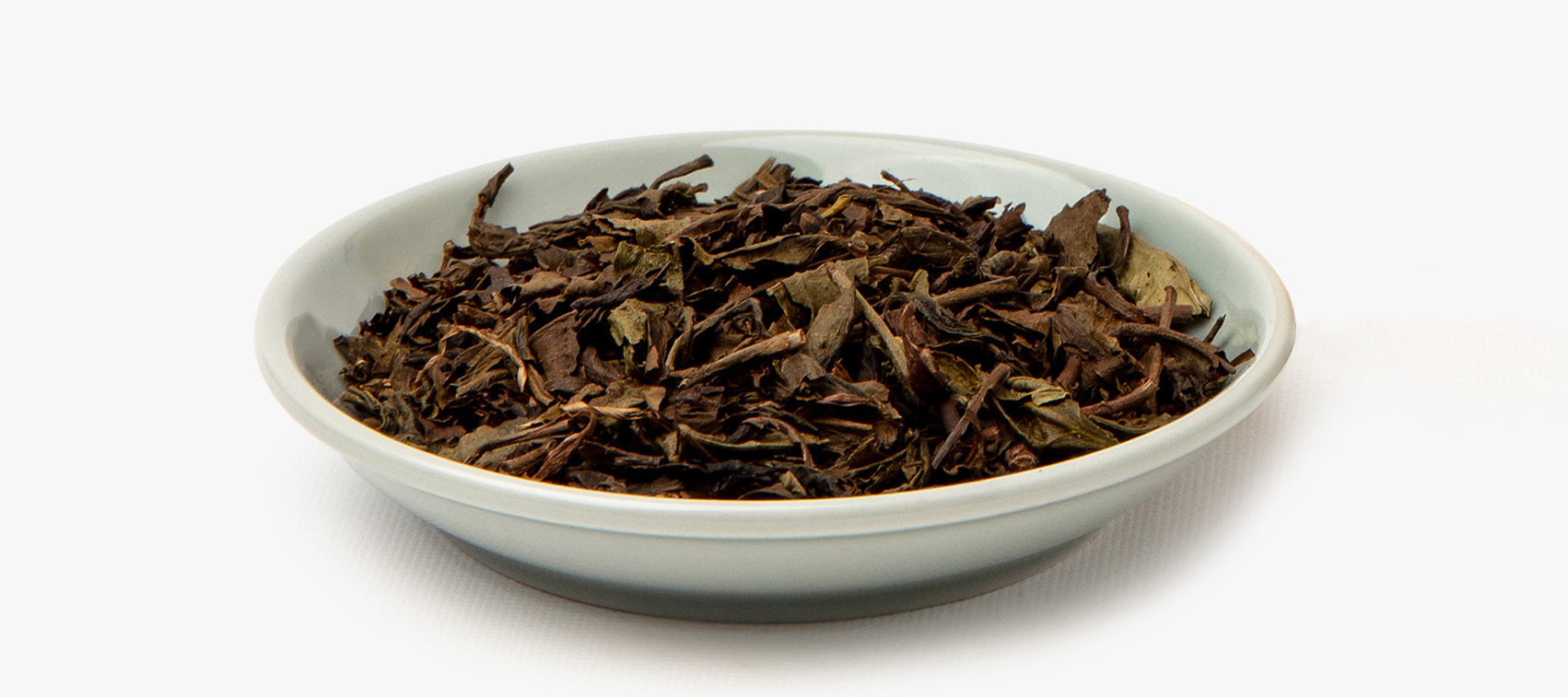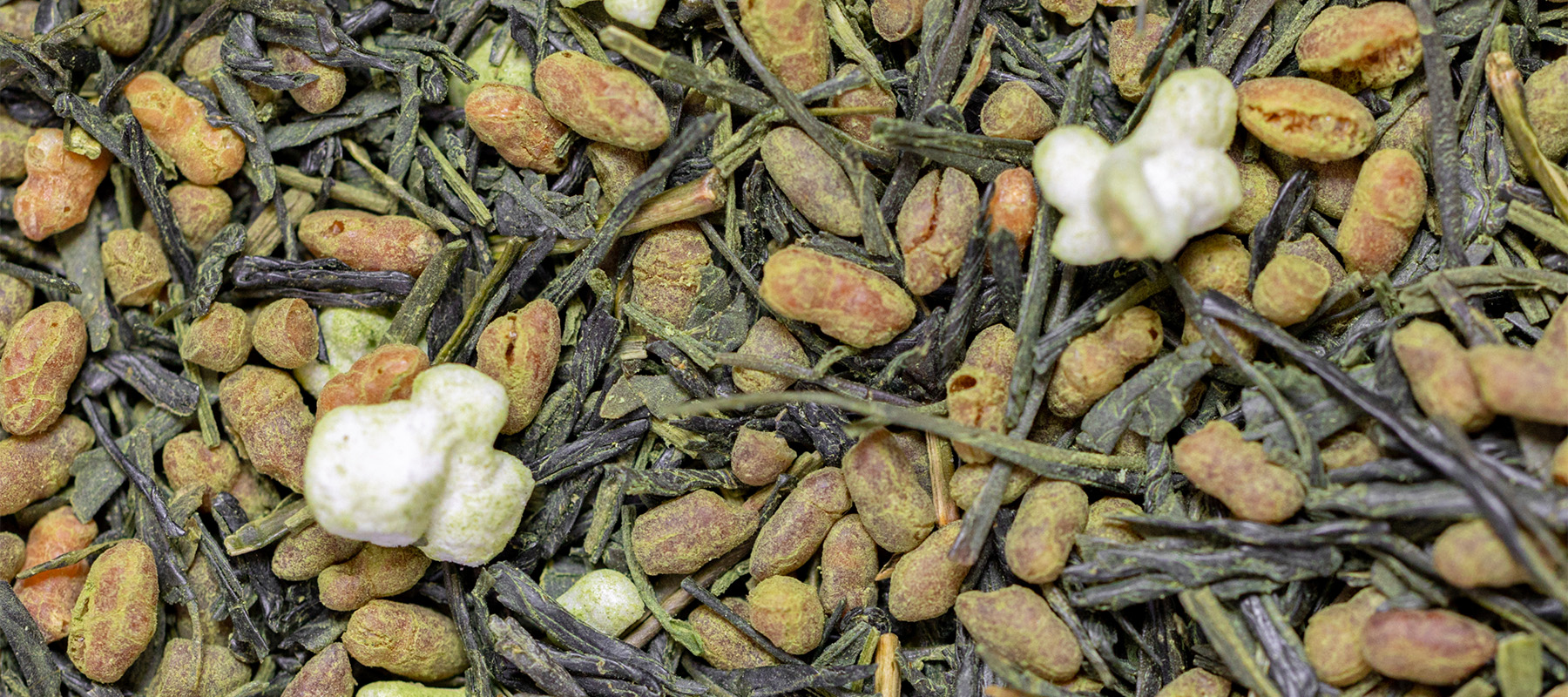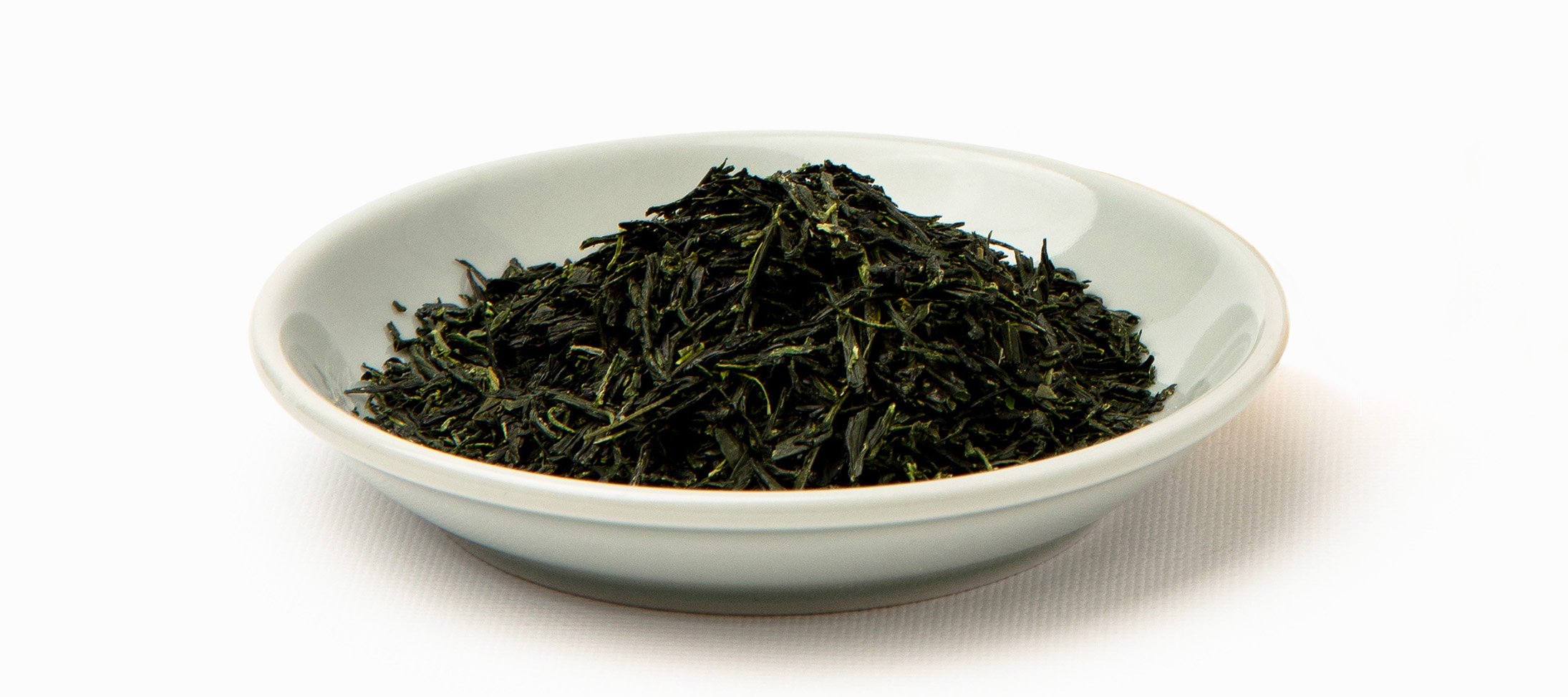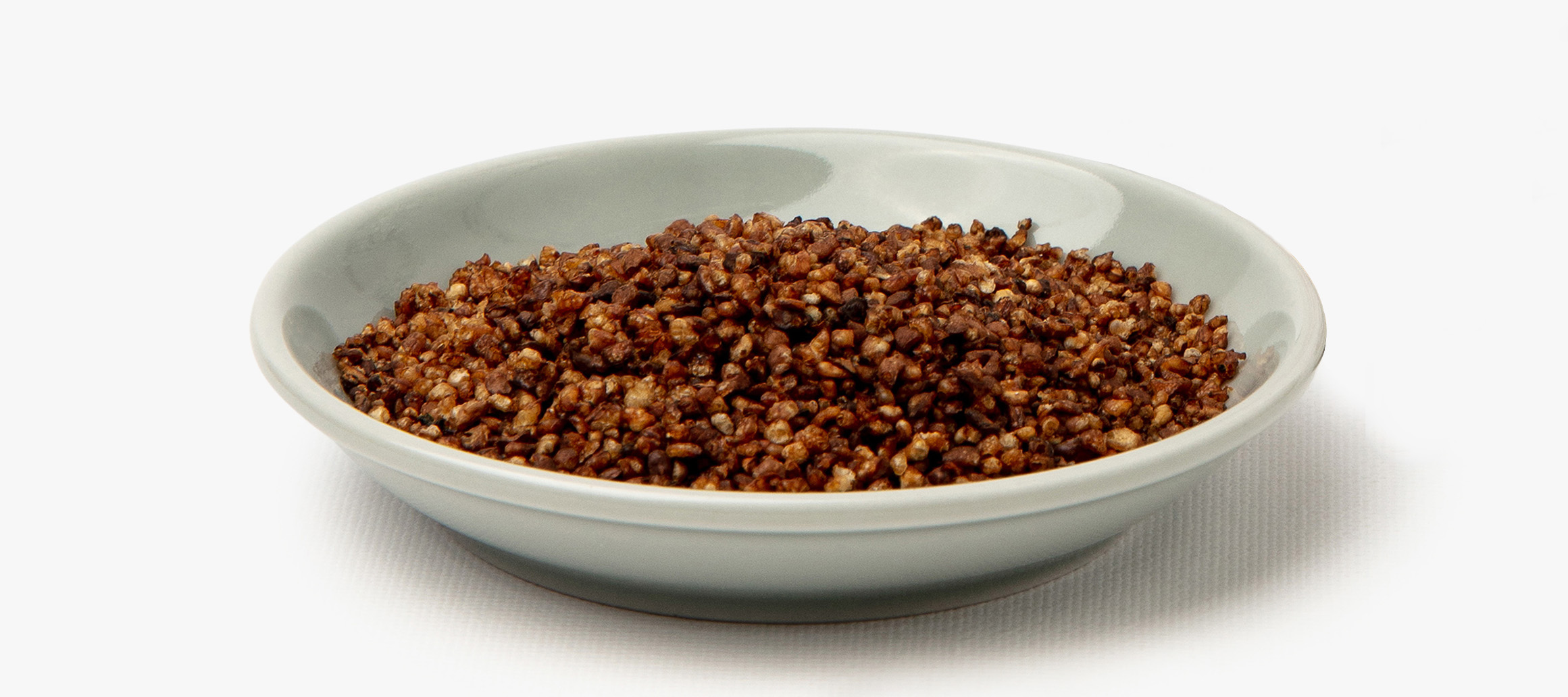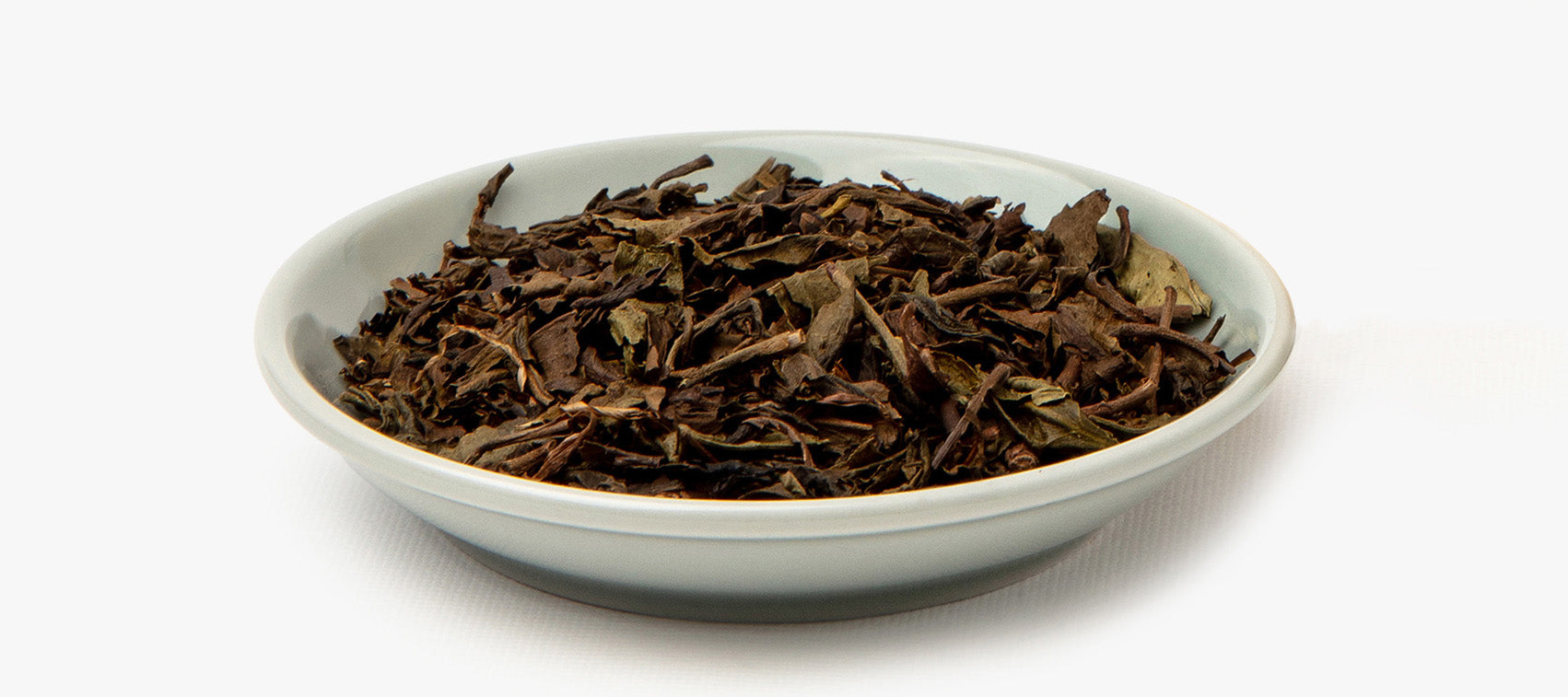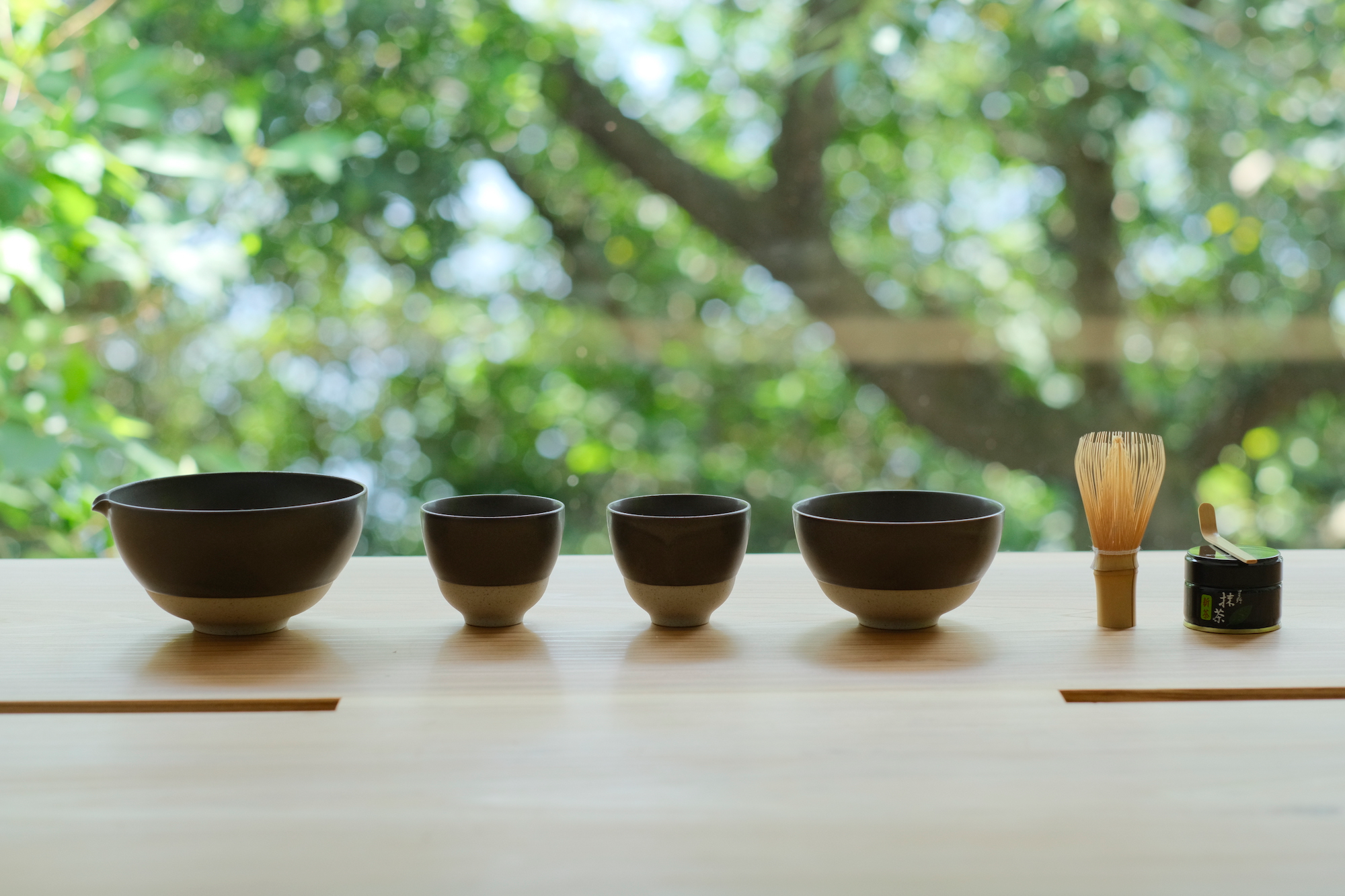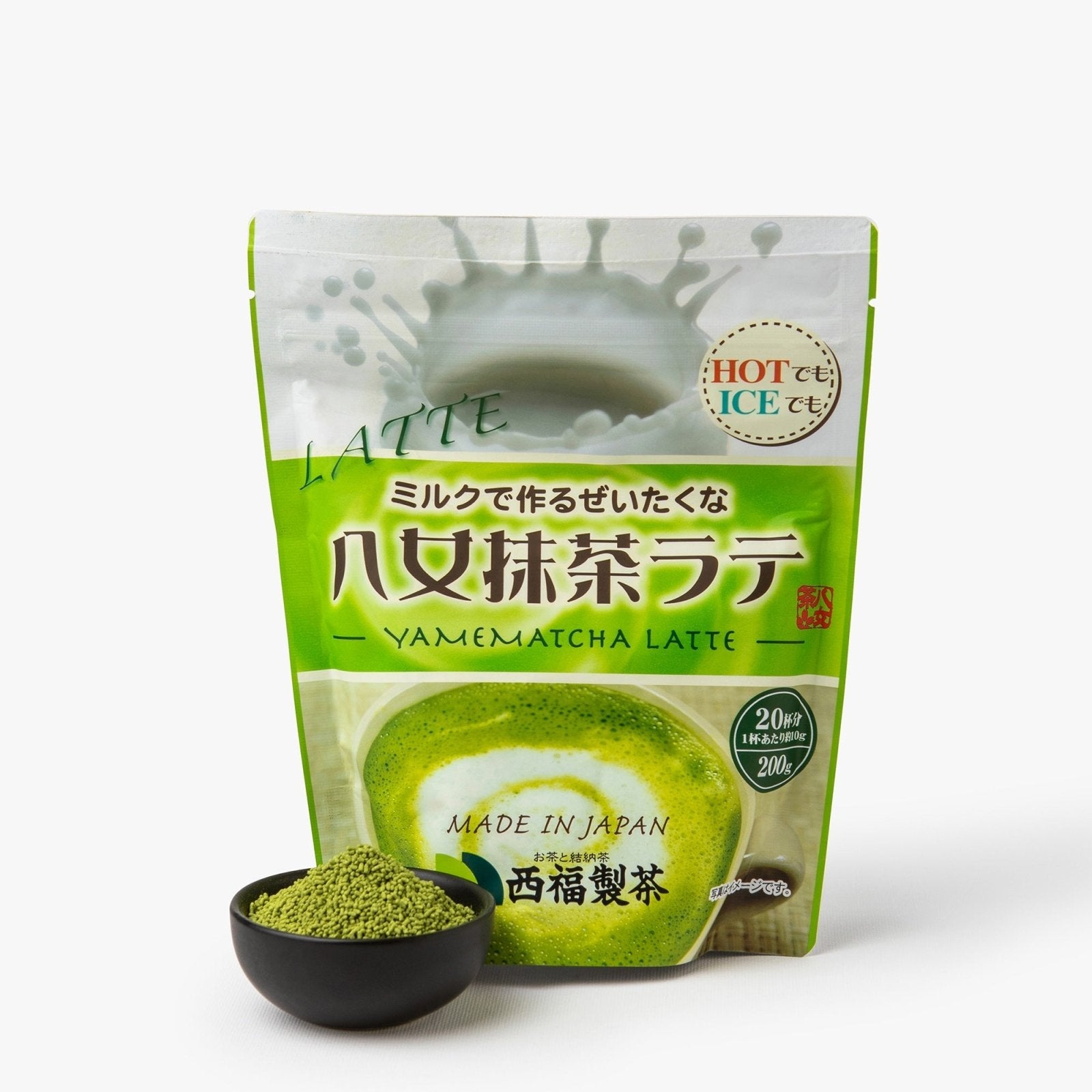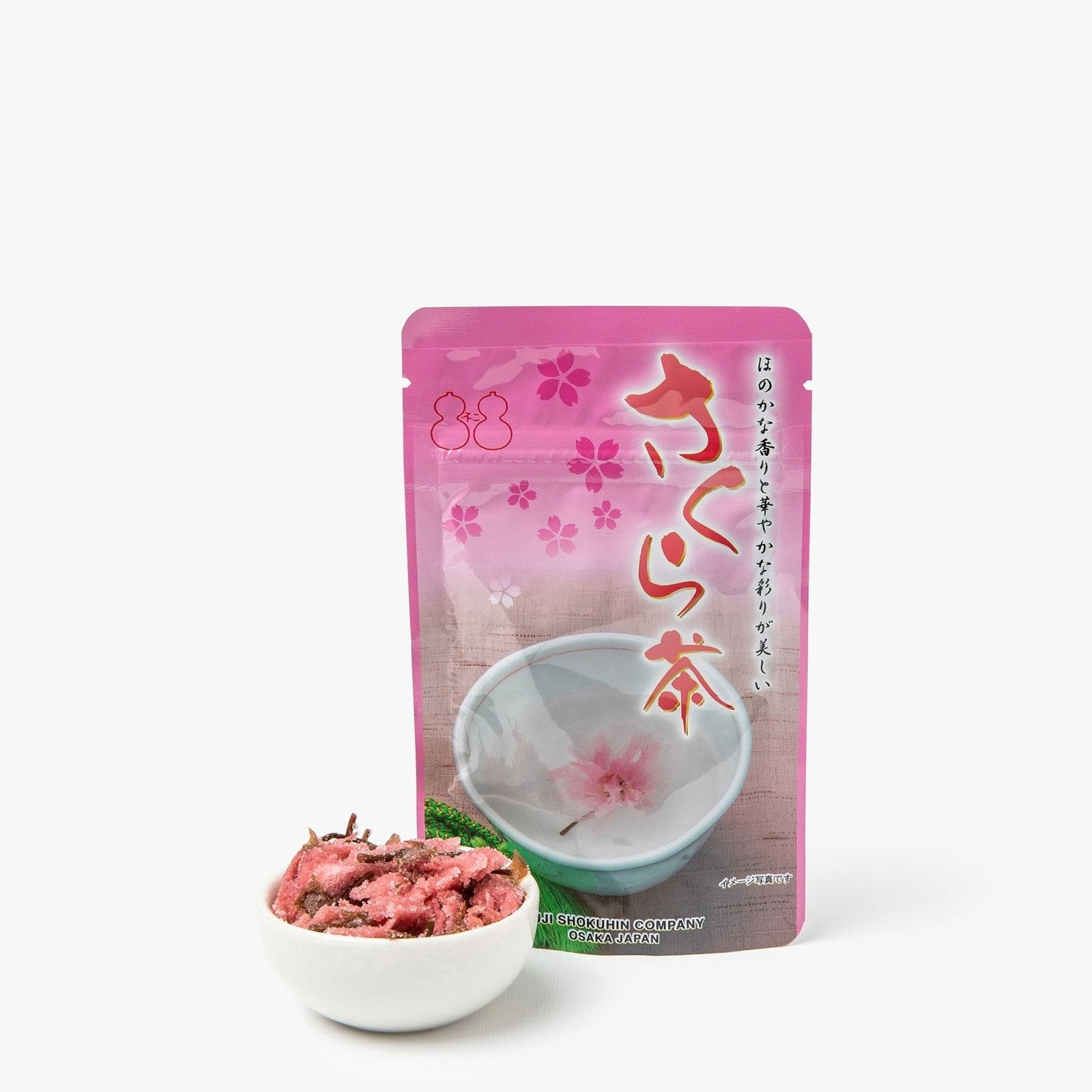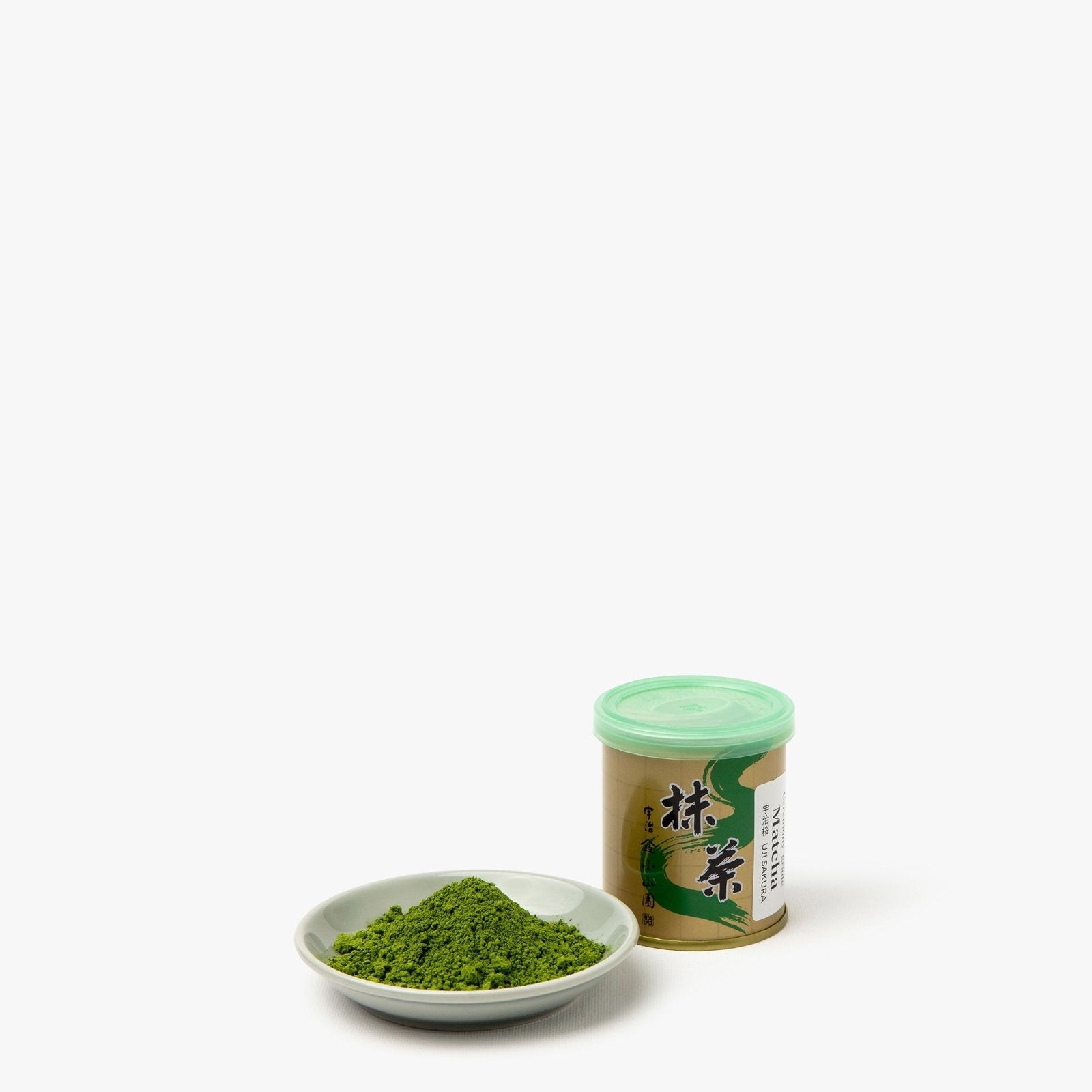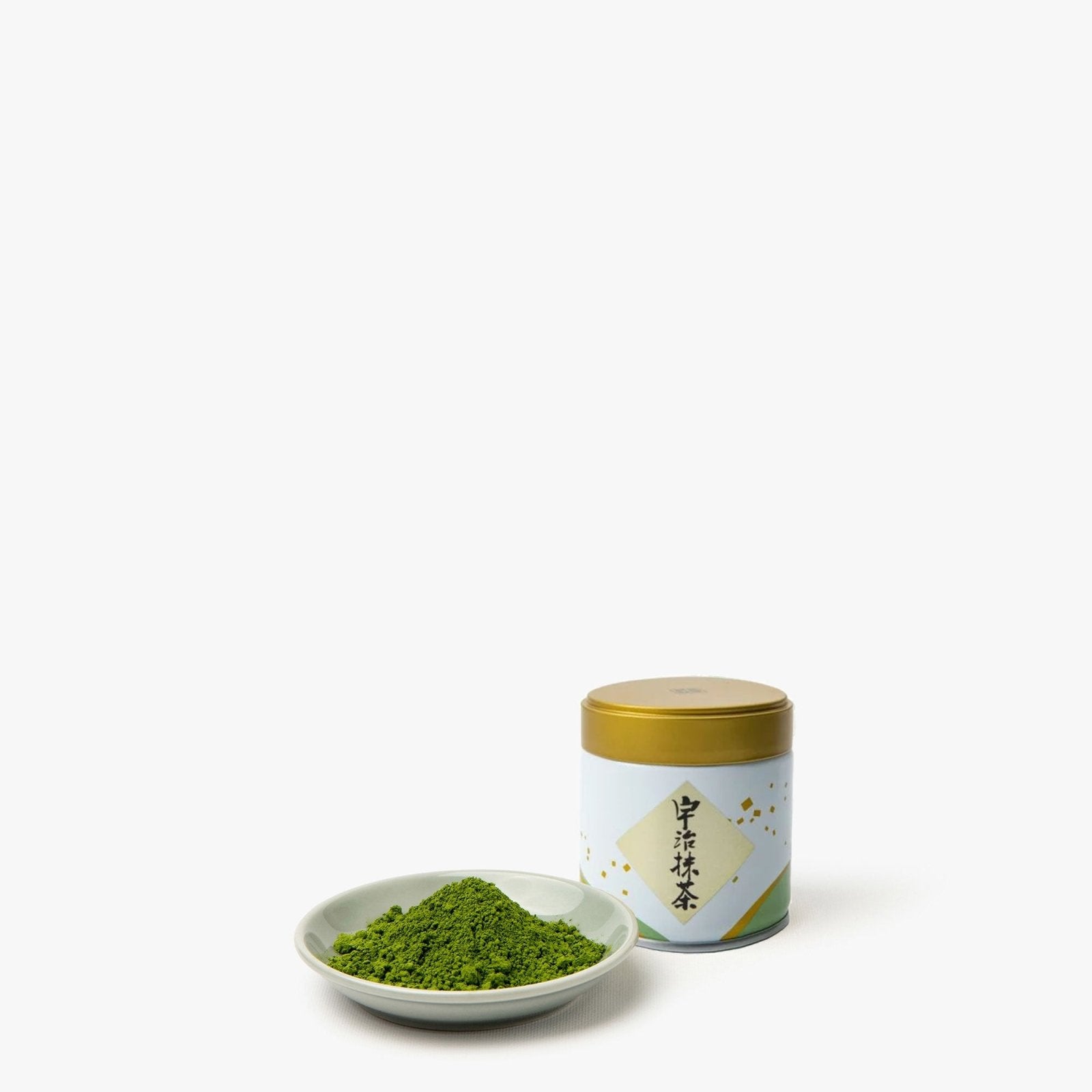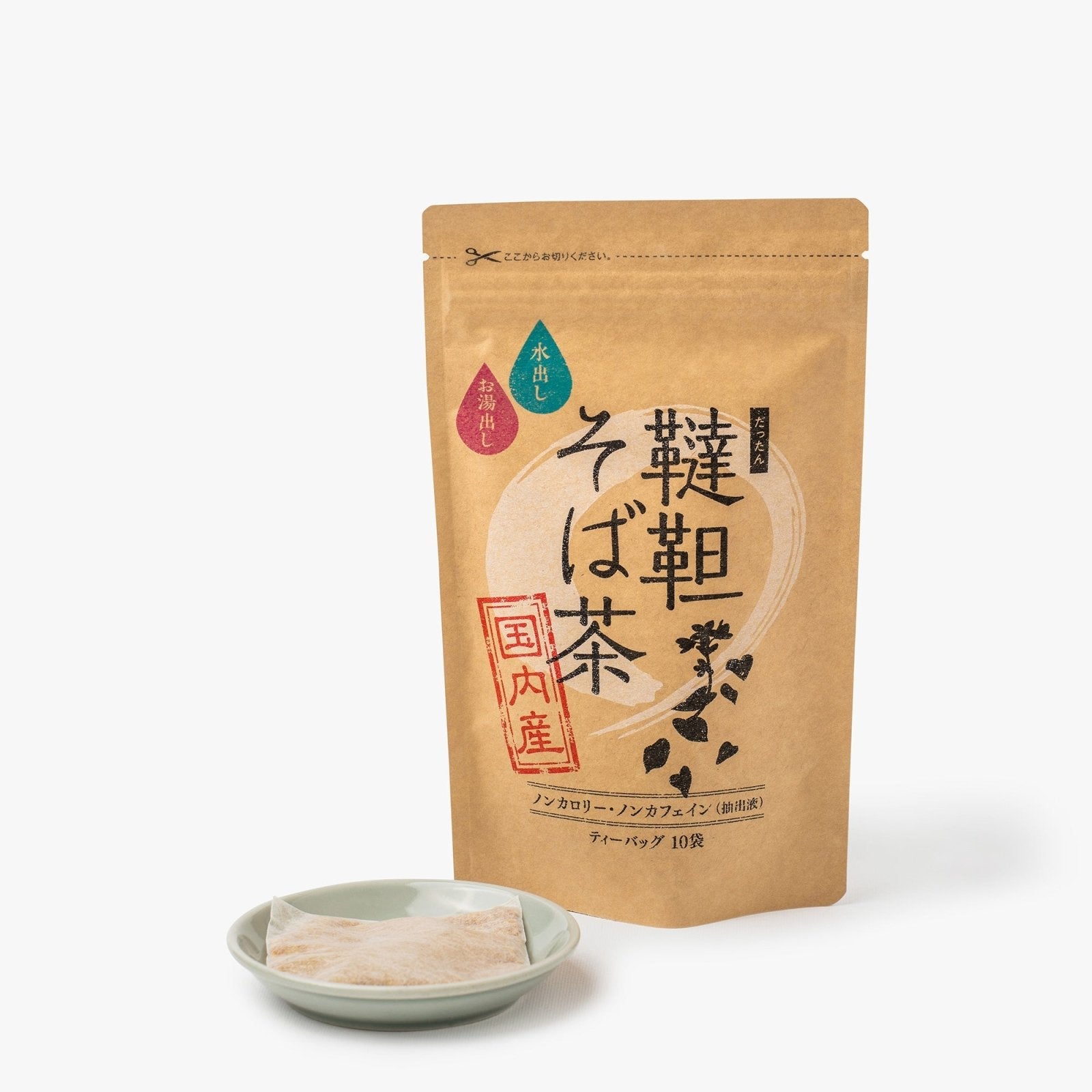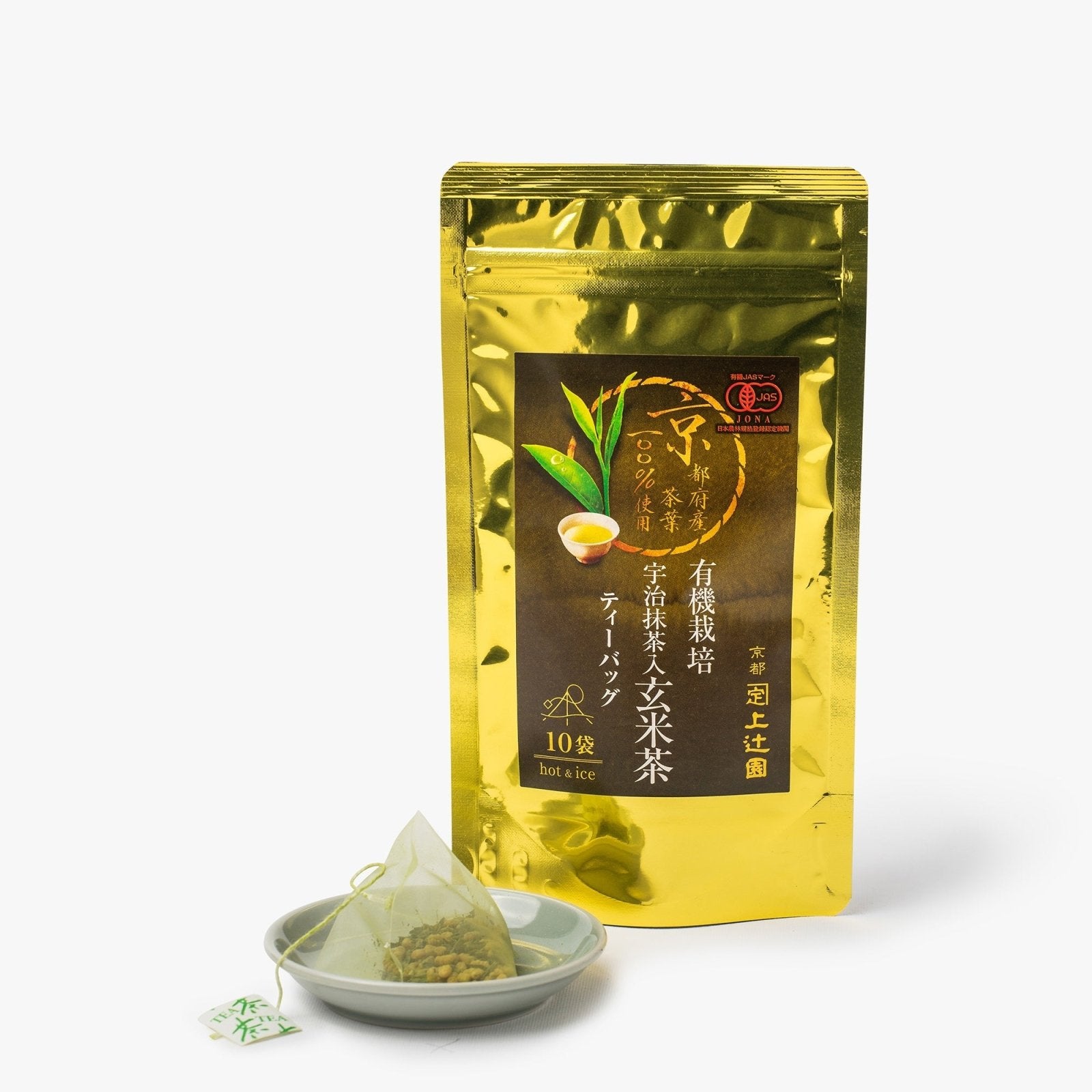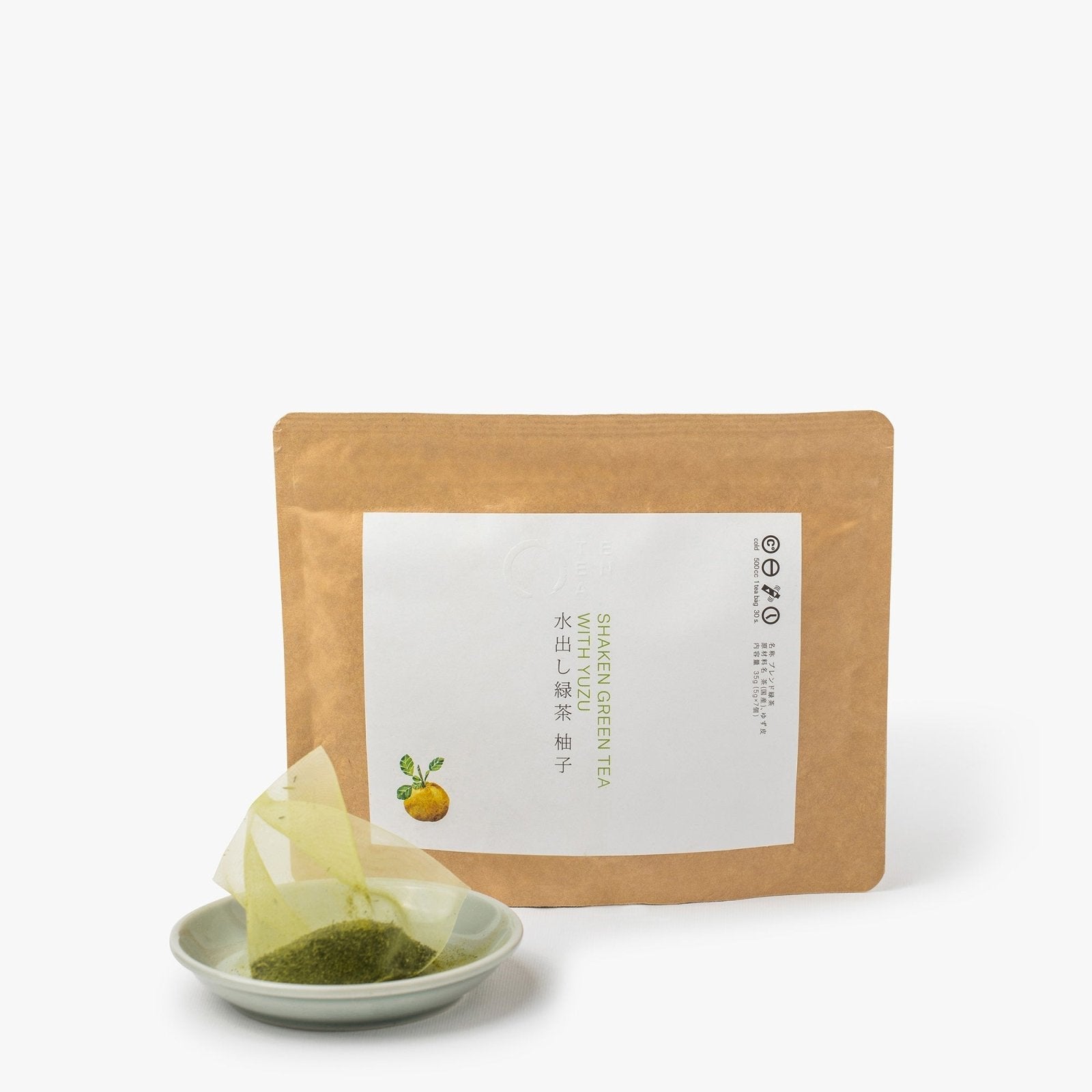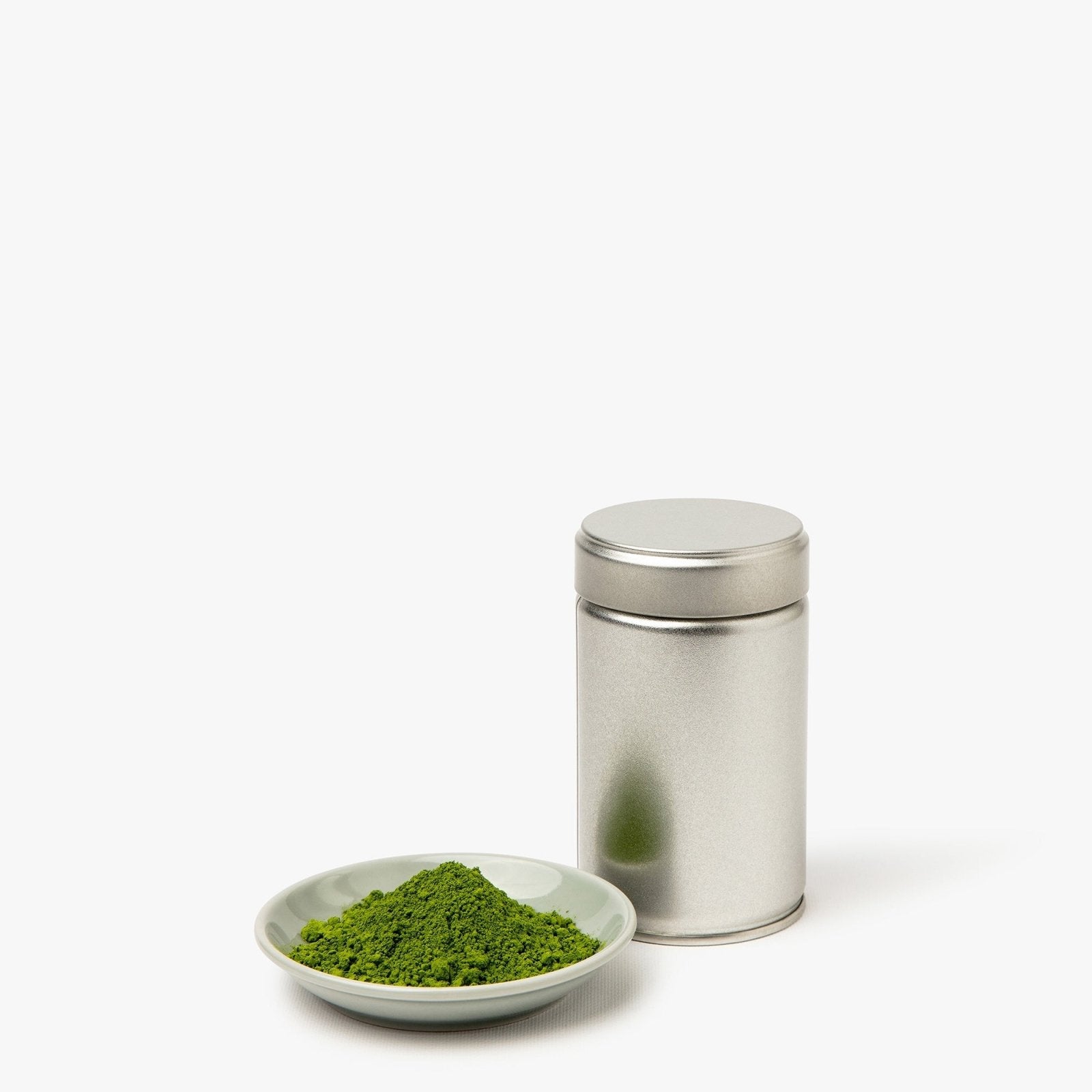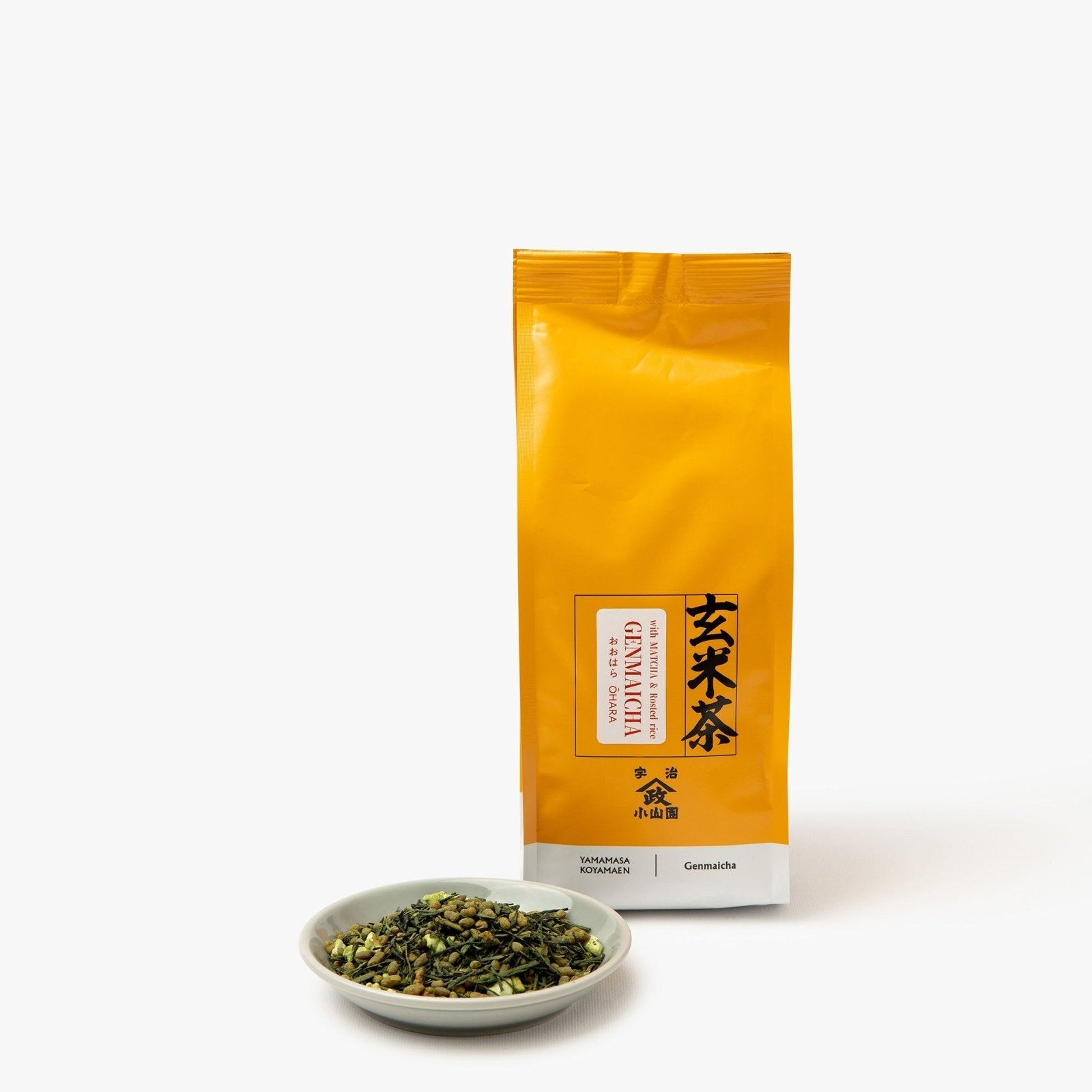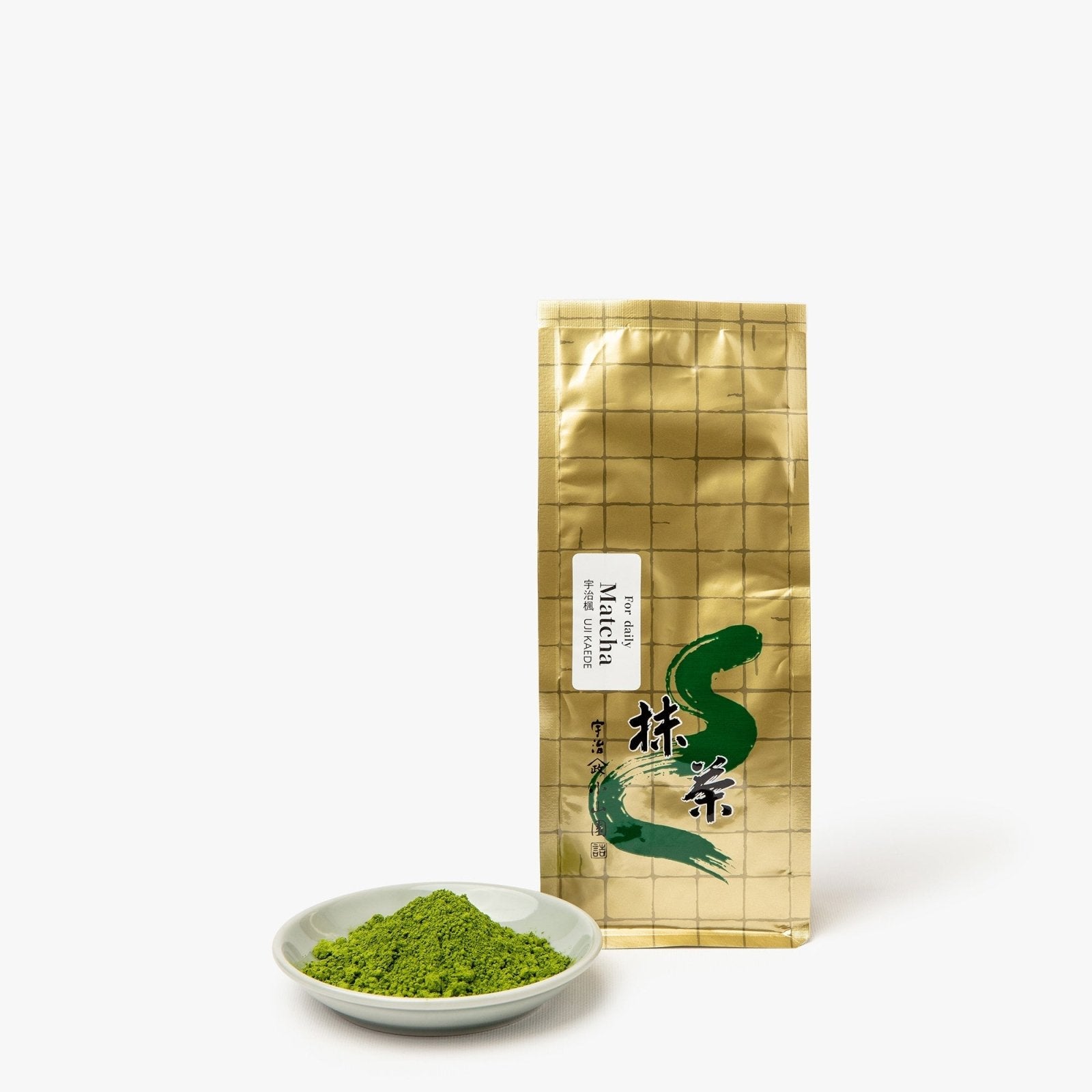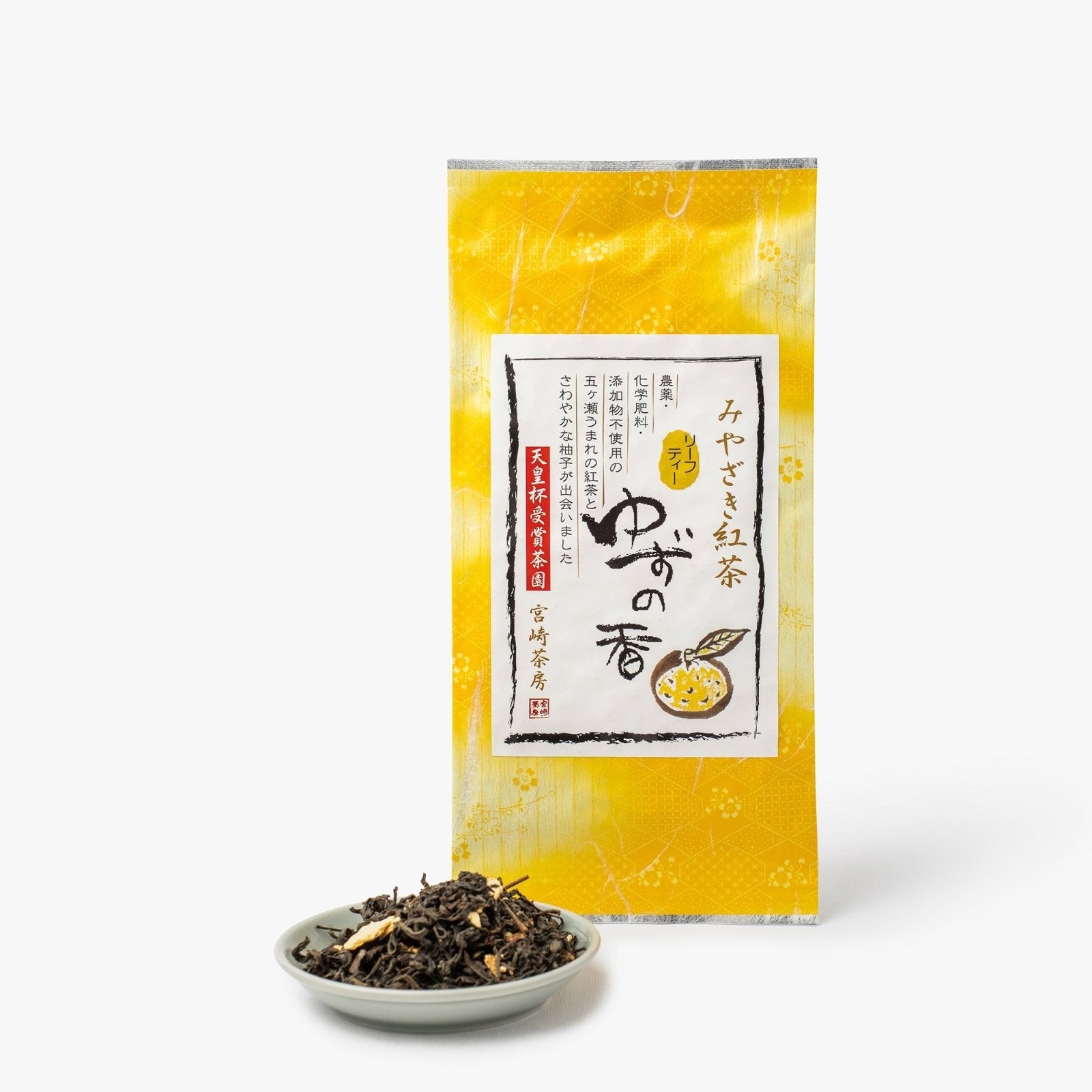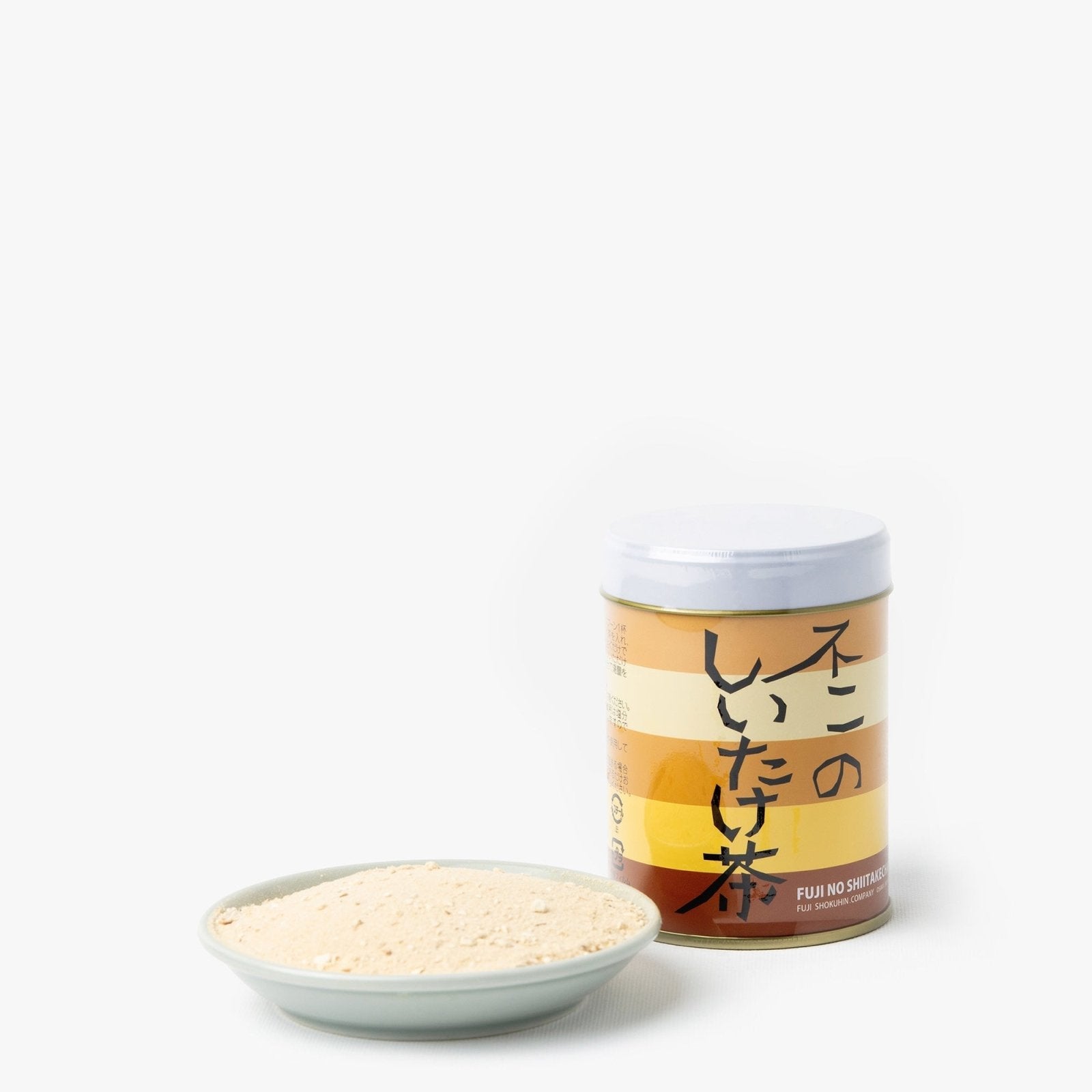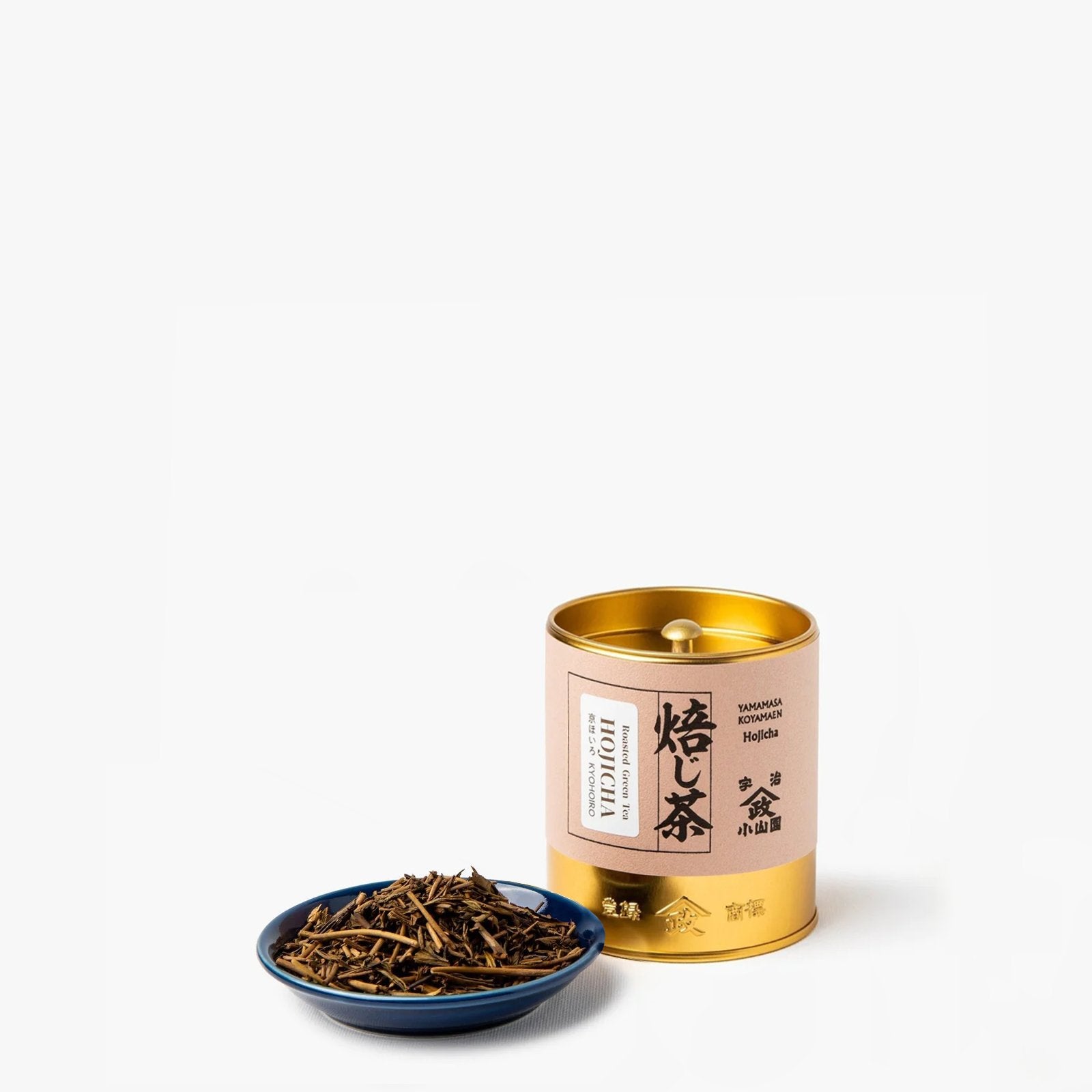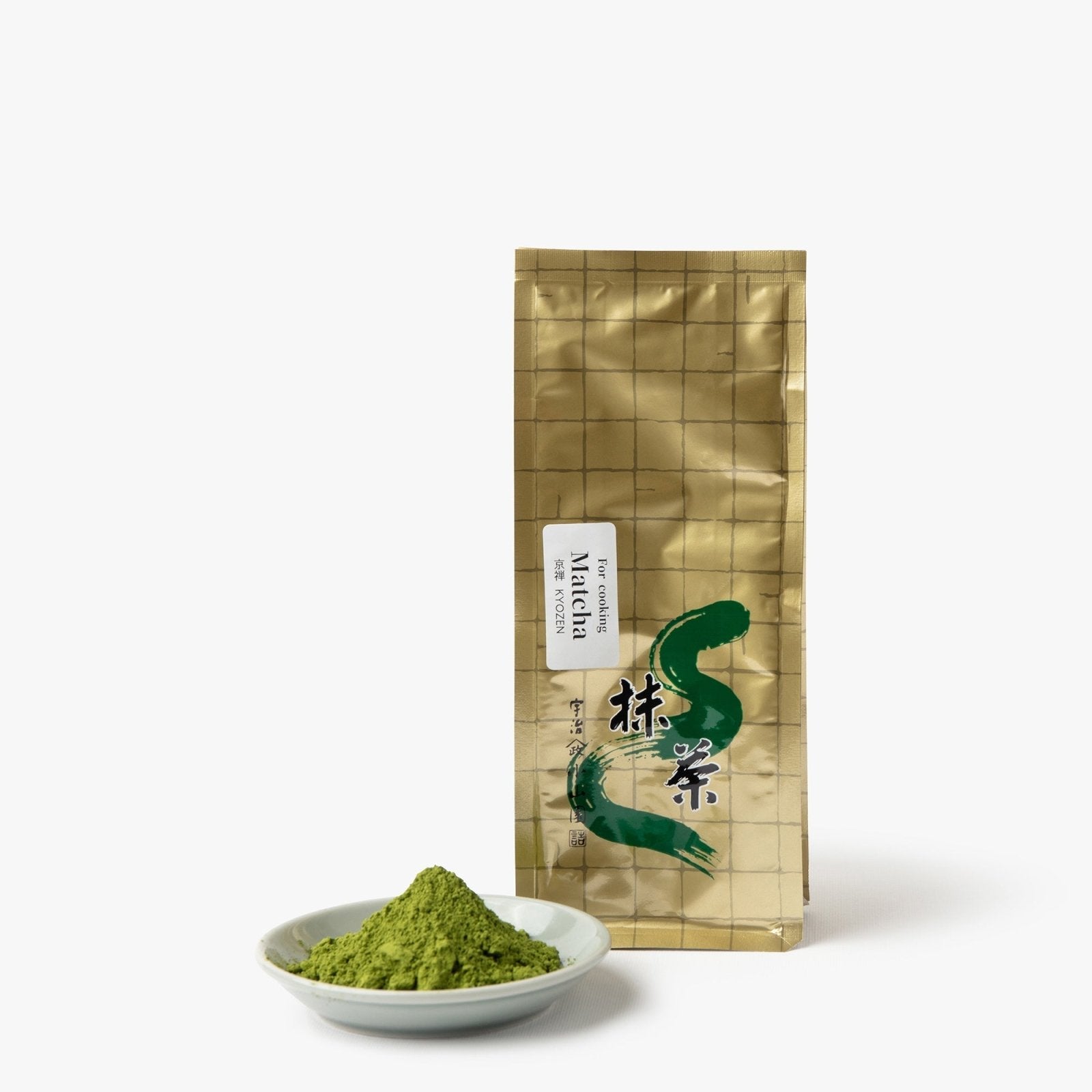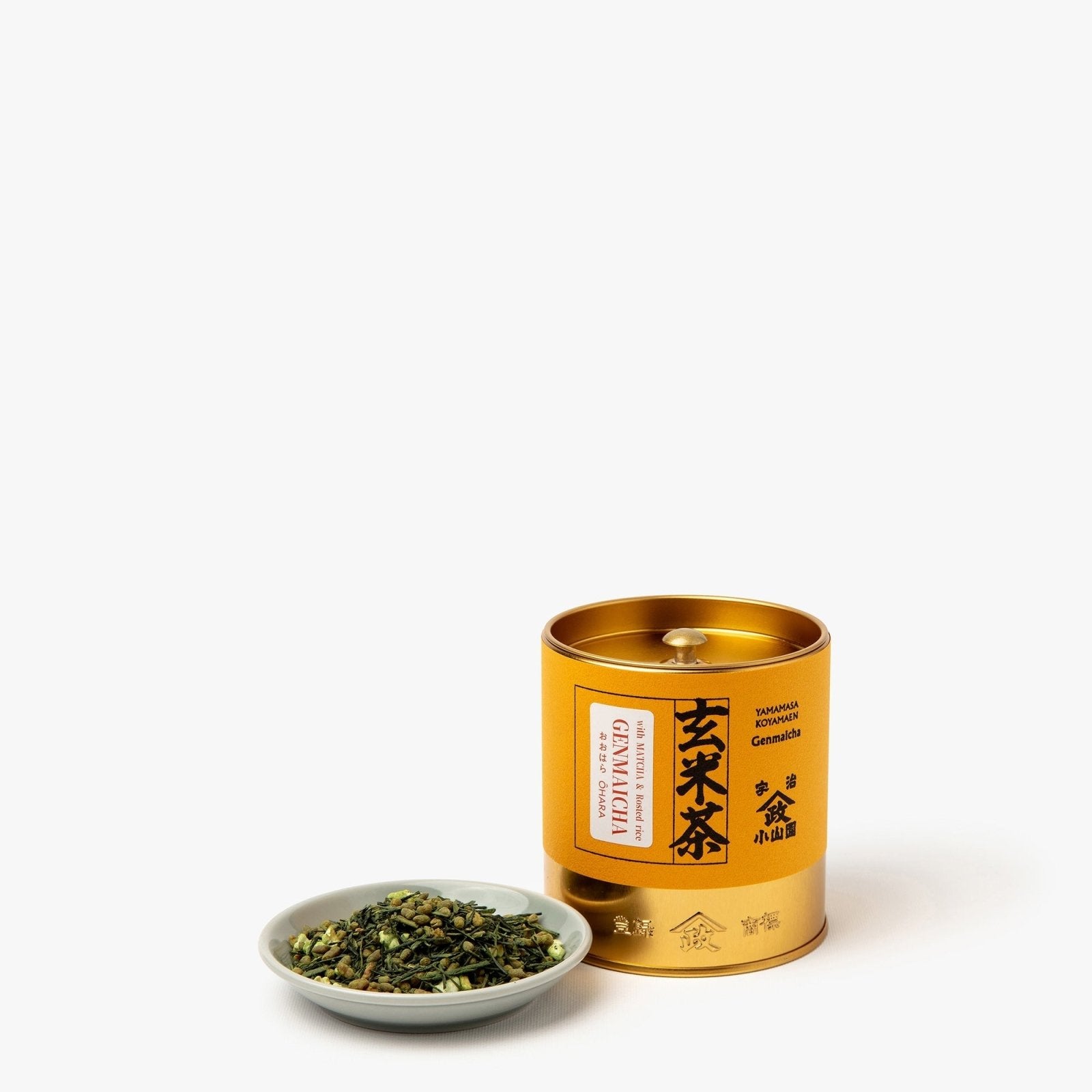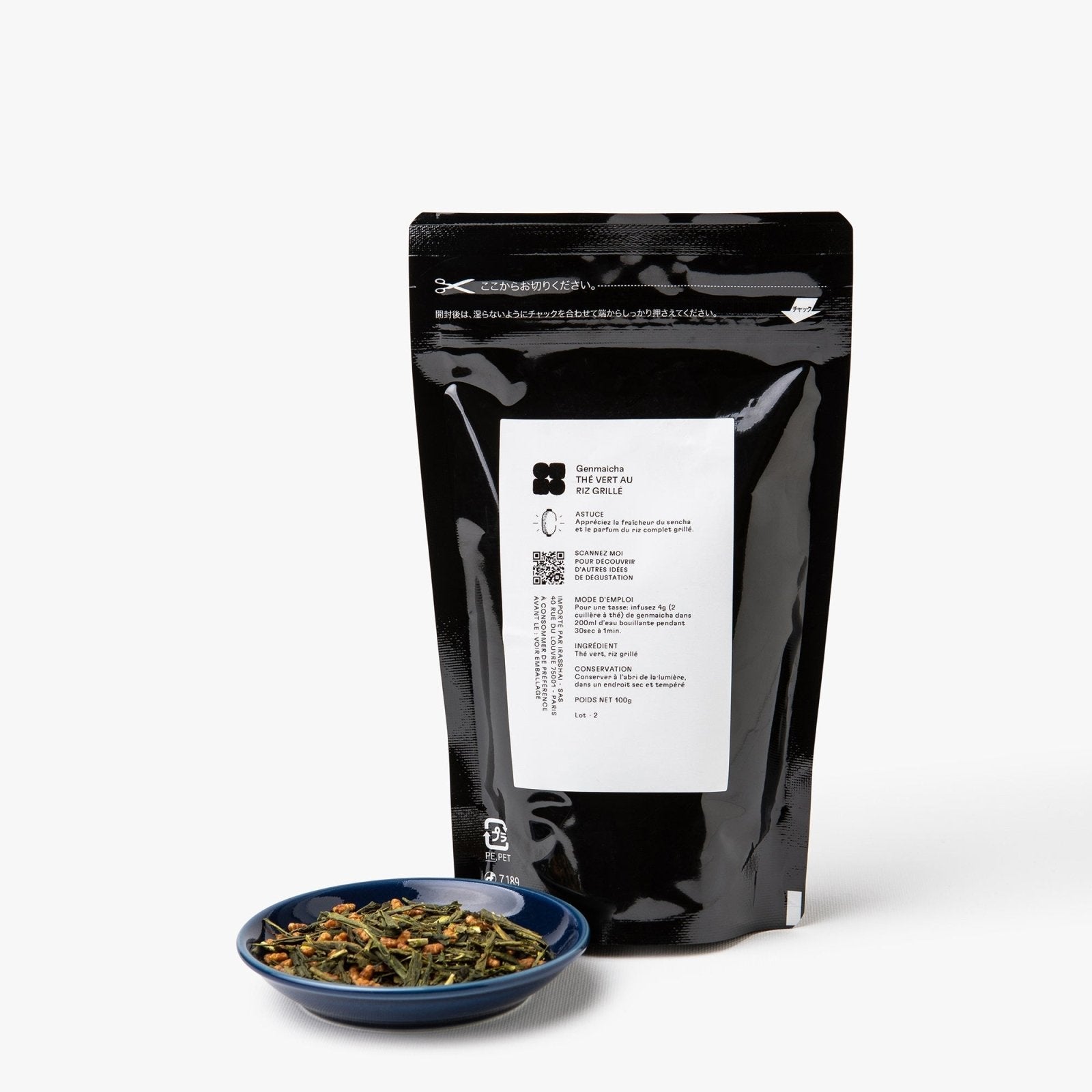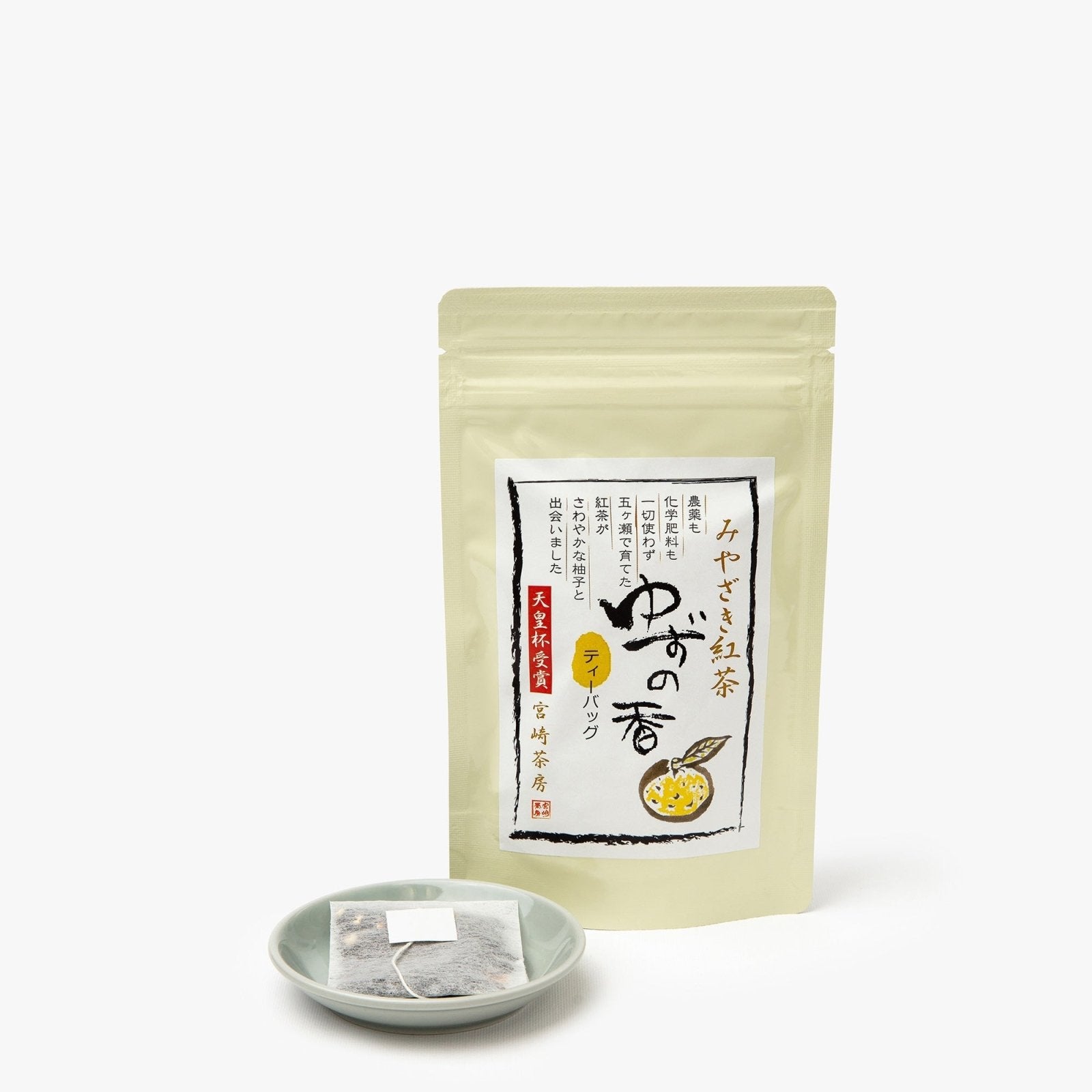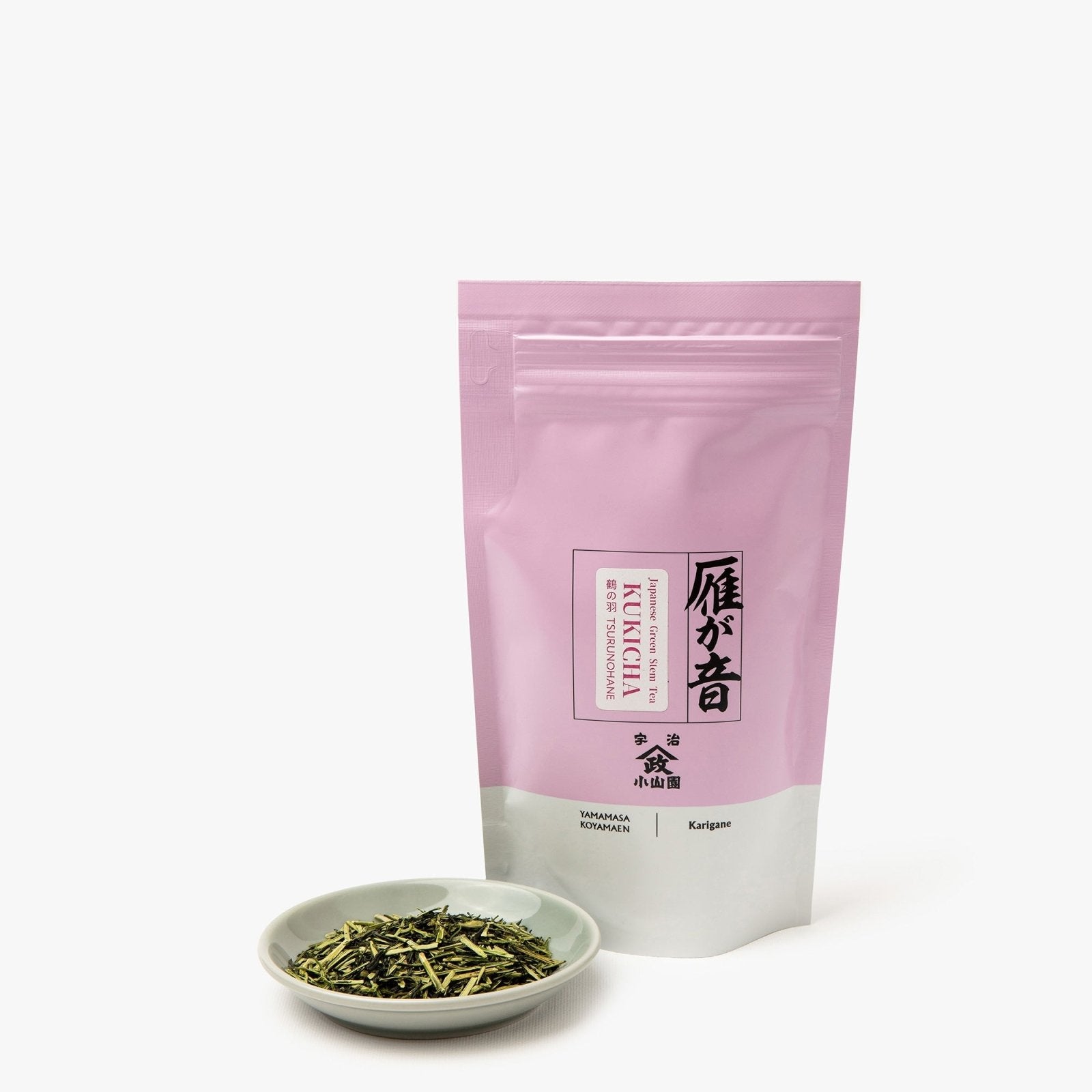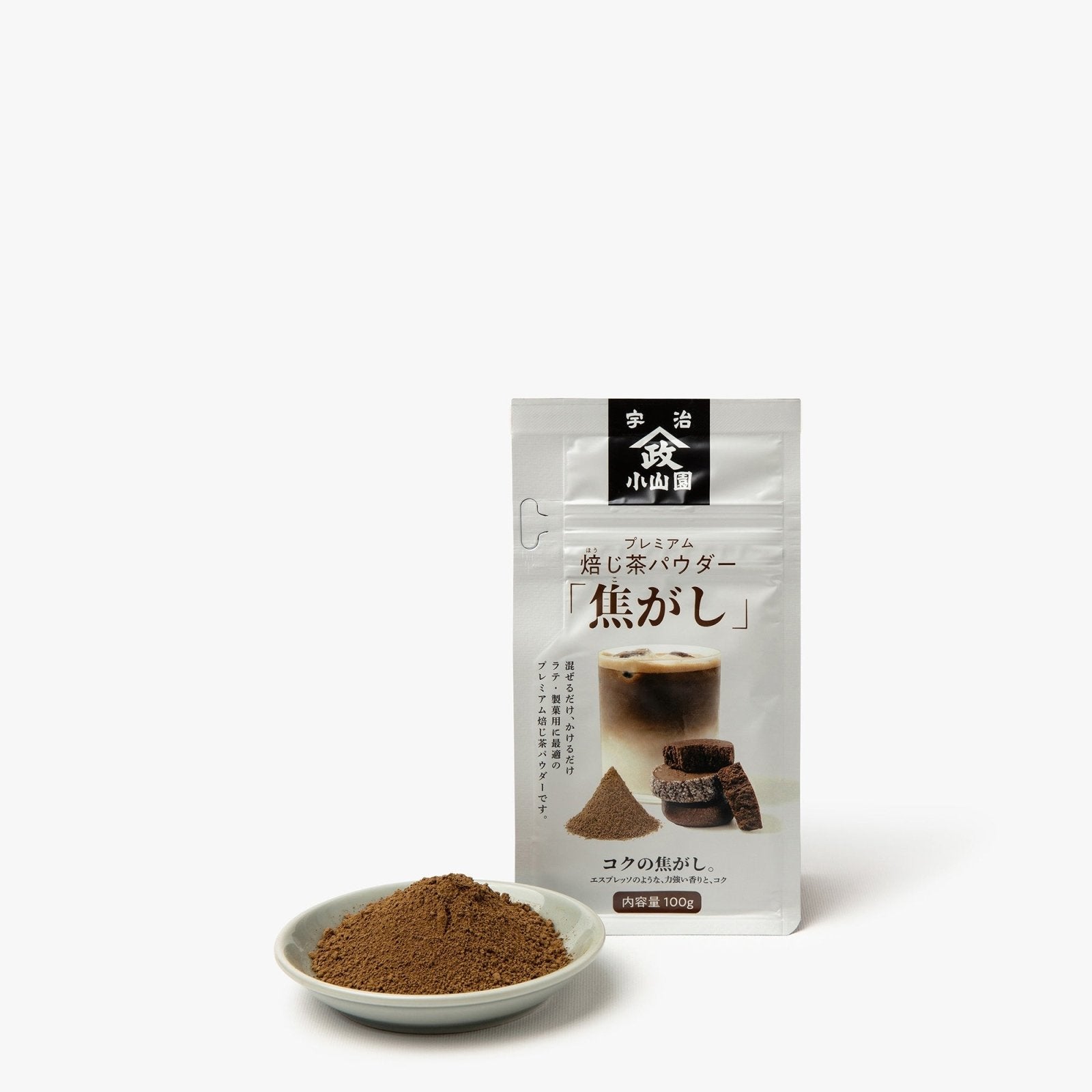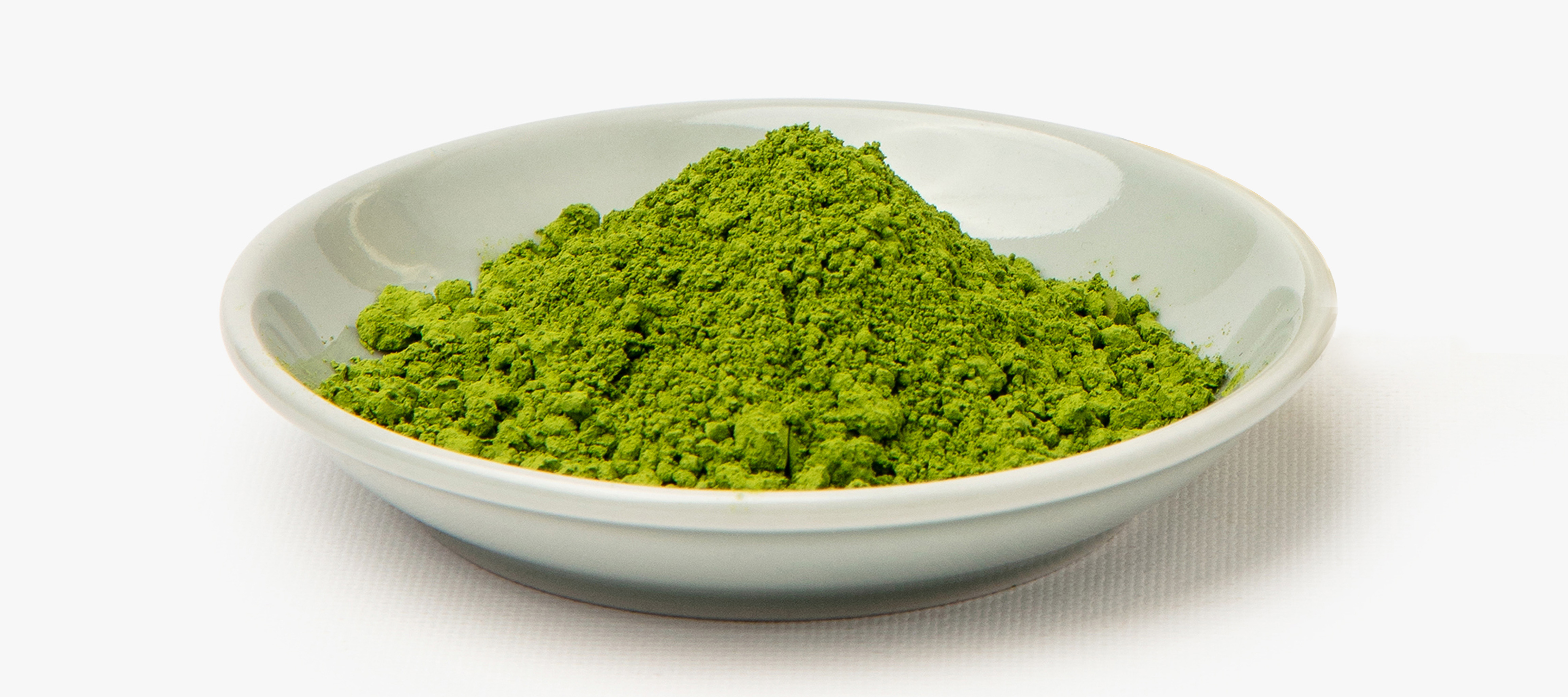
Tea culture in Japan has a rich and ancient history dating back over 1,000 years. It was originally Buddhist monks who studied in China and brought back knowledge of tea cultivation. The first tea seeds were planted in Buddhist temples and monasteries. In its early days in Japan, tea was mainly used for religious purposes. It was consumed by Buddhist monks to promote meditation and mental clarity. The tea ceremony, known as "chanoyu" or "sadō", also began to develop in Buddhist temples. Over time, tea became increasingly popular among Japanese aristocrats and the warrior class (samurai). Tea drinking extended beyond religious circles to become a common practice in Japanese society. The tea ceremony, as we know it today, was developed in Japan during the medieval period, notably by tea masters such as Sen no Rikyū. This ceremony emphasized the preparation, tasting and appreciation of tea within a ritual and aesthetic framework. Japan then became famous for its production of high-quality green tea. The development of the method of packaging loose leaf tea in metal tins in the 19th century preserved the freshness of the tea and contributed to its continued popularity. The preparation of green tea has become a deeply rooted tradition, leading to the cultivation of different types of tea:
Matcha: this finely ground powdered green tea is produced from specially shade-grown tea leaves. In Japan, it is used in the tea ceremony and appreciated for its rich, umami and very slightly bitter flavor. Matcha is also used in pastries and tea-based drinks. It should be stored in a cool place so as not to lose its aromas.
Sencha: this is the green tea most commonly consumed in Japan. It is made from young tea leaves that are steamed, rolled and dried. Its flavors are refreshing, herbal and slightly sweet. It is often drunk hot, but can also be served cold.
Gyokuro: this high-quality green tea is shade-grown before harvesting to develop a mild, umami flavor. It has a higher caffeine content than other green teas and is appreciated for its sweetness and subtle aroma. Gyokuro is generally drunk hot.
Hojicha: this toasted green tea has a sweet, roasted, caramel-like flavor. It is made from green tea leaves roasted at high temperatures. Hojicha has a lower caffeine content than other green teas and is often enjoyed as a relaxing evening tea.
Genmaicha: this is a blend of green tea and roasted rice grains. It has a unique, slightly toasted flavor. It is appreciated for its pleasant aroma and low caffeine content. It is often drunk with meals or as an everyday tea.
Kukicha: also known as "twig tea", it is made from tea stems and branches. It has a mild, slightly sweet taste. Kukicha has a lower caffeine content than other green teas, and is appreciated for its digestibility and health benefits.
Bancha: Bancha is harvested later in the season, usually after the Sencha harvest. This means that the tea leaves are larger and more mature at harvest time. It is considered an everyday tea, as it is inexpensive and abundantly available.














































































